12. 07. 2020.
https://www.novosti.rs / Naslovna
LINK IN SERBIAN
https://www.novosti.rs/kultura/vesti/901804/intervju-maja-lunde-odrasla-sam-posterom-protiv-nuklearnog-oruzja-iznad-trpezarijskog-stola
https://www.novosti.rs / Naslovna
LINK IN SERBIAN
https://www.novosti.rs/kultura/vesti/901804/intervju-maja-lunde-odrasla-sam-posterom-protiv-nuklearnog-oruzja-iznad-trpezarijskog-stola
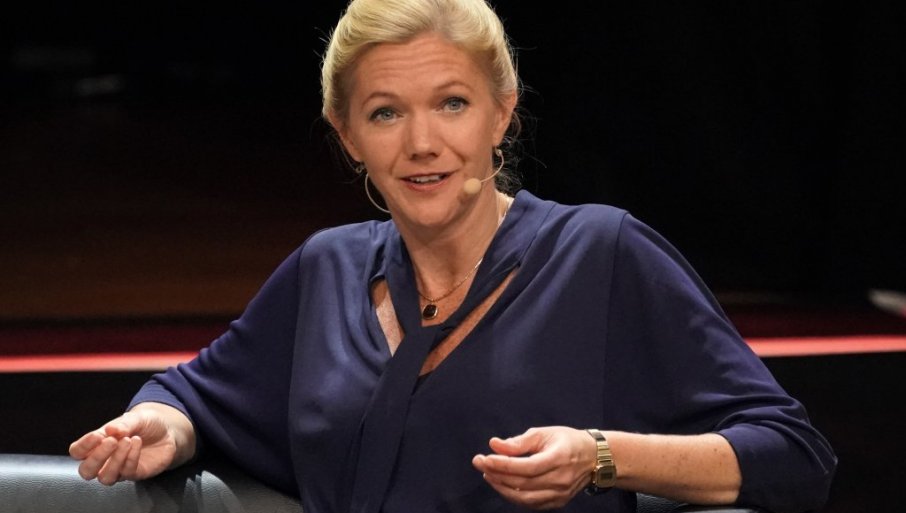
EPA
DA li možete da zamislite svet bez pčela? Norveška književnica Maja Lunde (1975) izmaštala je takav svet u svom bestseler romanu "Istorija pčela", koji je, u prevodu Radoša Kosovića, kod nas objavila izdavačka kuća "Odiseja"
As a kind of reminder of how much human civilization depends on the survival of these extraordinary creatures, Maya's novel follows three generations of beekeepers - past, present and future-and with images of family relationships speaks to the important, inextricable connection between man and nature.
"The History of bees" is Maya's first cli-fi novel for adults, after several books for children and teenagers. Immediately after its publication in 2015, it became an international bestseller and has been translated into 35 languages. The dark vision of our planet without bees is presented extremely convincingly,which is not surprising, since its author has studied this topic for many years. Environmentally exceptionally vindictive, Maya Lund, in many media interviews around the world, speaks with dedication about the importance of what kind of future we leave to our children. Her second book (from the planned climate Quartet), bluish, is due to appear at the upcoming Belgrade book fair in oktobre.
''I would like to come to Serbia and meet readers, if possible, this autumn. If not, I hope that there will be new opportunities to meet soon," she says, in an exclusive interview with Novosti, author of the Norwegian bestseller Maja Lunde
"The story of the bees" was published five years ago and became a bestseller. It seems that your apocalyptic vision of the world is more relevant today than ever before. Did you expect this reaction?
''I didn't expect anything, not even close to what happened. I can't say how grateful I am to everyone who has allowed my books to travel the world over the past five years. The case of the extinction of bees, known as the CCD syndrome or the death of bee colonies, would undoubtedly have been the focus of attention even without my book, because this is an extremely important topic. And if my novel has in any way contributed to raising awareness of this and other climate issues with a wider audience, as an author, I couldn't be happier.''
Your novels put climate fiction, which solves the problems of global warming, in a new category of cli-fi, respectively. Have environmental issues always been important to you?
"Yes, of course! I grew up with a poster against nuclear weapons hanging on the wall above the dining table. My parents talked to me about climate change and important social issues as a child, and I try my best to do the same with my three sons.''
"History of bees" is a cautionary, but also full of hope. Are you optimistic or pessimistic about our future?
- ''I'd say I'm a little of both. In preparation for this book, I read a lot of news and spent a lot of time on research. When you realize how much our planet in recent decades "tight" going in the wrong direction, inevitably is from time to time zapadneš in some kind of despair. Fortunately, in the world there are a lot of brilliant scientists, activists, thinkers, who tirelessly work to change our consciousness, and our future. And one thing that shows me there's light at the end of the tunnel is when I see that people are ready for big changes for the betterment of all of us.''
What do you think wars will be fought around in the future: water, food, race issues...?
- I believe that the lack of many natural resources as a result of climate change will lead to conflict in the future, as I described in the novel "Blueness". Because of a lack of basic resources, people become desperate and angry and very often look for someone to blame, and conflicts based on race or religion arise as a consequence.
An important part of the novel is the story of family relationships, parental expectations, and inheritance... Family and traditions have their own value in the modern world?
As a mother of three, how to "control" their parents ' expectations?
- Being a parent means facing up to our own shortcomings. Most parents wants their kids raise and raise in a perfect way. But as you know everyone who tried this, the difference between desire and ideals and the reality of everyday life is disappointing a big. During quarantine this is, it seems to me, it became more obvious, because we had to balance between the role of teachers and parents. Myself I like the biggest priority has caused that as a family the more time we spend together, and every year my husband and I separate for a few weeks when we'll be completely isolated from work. With his sons often talk about the world around us and what's going on, just like my parents did with me. Extremely I care about is my kids to talk and actively participate in all important issues.
You've written several books for children and teenagers. Whether the new generation really that different compared to the earlier?
- What makes them radically different is their "digital childhood" and all its good and bad sides. As a writer, it's important to me to try to offer an alternative to the screen, to write stories that are attractive and responsive and on paper. I think literature is valuable as a refuge from all the "online noise". At the same time, today's children and youth are extremely knowledgeable and sensitive to many important issues of the modern world.
Kao svojevrstan podsetnik na to koliko ljudska civilizacija zavisi od opstanka ovih izvanrednih bića, Majin roman prati tri generacije pčelara - prošlu, sadašnju i buduću, i uz prikaze porodičnih odnosa govori o važnoj, neraskidivoj vezi čoveka i prirode. "Istorija pčela" je Majin prvi roman za odrasle, posle nekoliko knjiga za decu i tinejdžere. Odmah po objavljivanju, 2015, postala je međunarodni bestseler i prevedena je na 35 jezika. Mračna vizija naše planete bez pčela prikazana je izuzetno uverljivo, što i ne čudi, jer je njena autorka godinama temeljno proučavala tu temu. Ekološki izuzetno osvećena, Maja Lunde u mnogobrojnim intervjuima za medije širom sveta s posvećenošću govori o tome da je važno kakvu budućnost ostavljamo svojoj deci. Njena druga knjiga (iz planiranog klimatskog kvarteta) "Plavetnilo" trebalo bi da se pojavi na predstojećem Beogradskom sajmu knjiga u oktobru. - Volela bih da dođem u Srbiju, da se upoznam sa čitaocima, ako to ove jeseni uopšte bude bilo moguće. Ako ne, nadam se da će ubrzo biti nove prilike za susret - kaže, u ekskluzivnom razgovoru za "Novosti", norveška bestseler autorka Maja Lunde.
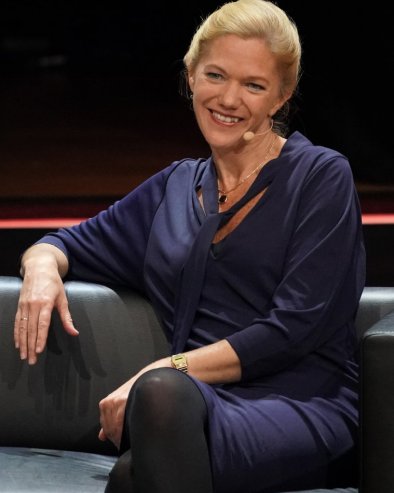
EPA Maja Lunde
"Istorija pčela" je upozoravajuća, ali i puna nade. Da li ste optimista ili pesimista po pitanju naše budućnosti? - Rekla bih da sam pomalo od oboje. Pripremajući se za ovu knjigu pročitala sam mnogo vesti i provela mnogo vremena na istraživanju. Kada shvatiš koliko naša planeta poslednjih decenija "čvrsto" ide u pogrešnom pravcu, neminovno je da s vremena na vreme zapadneš u neku vrstu očaja. Na sreću, na svetu ima mnogo briljantnih naučnika, aktivista, mislilaca, koji neumorno rade da promene našu svest, a tako i našu budućnost. A jedna stvar koja mi pokazuje da ima svetla na kraju tunela je kad vidim da su ljudi spremni na velike promene zarad boljitka svih nas. Oko čega će se, po vašem mišljenju, voditi ratovi u budućnosti: vode, hrane, rasnih pitanja...? - Verujem da će oskudica mnogih prirodnih resursa, kao rezultat klimatskih promena, u budućnosti dovesti do konflikta kao što sam opisala u romanu "Plavetnilo". Zbog nedostatka osnovnih resursa ljudi postaju očajni i besni i vrlo često traže koga da okrive, a kao posledica dolaze sukobi zasnovani na rasnoj osnovi ili religiji. Važan deo romana je priča o porodičnim vezama, roditeljskim očekivanjima, nasleđu... Da li porodica i tradicija imaju svoju vrednost i u današnjem svetu? - Smatram da će te bliske veze biti zauvek ono što nas motiviše u životu i definiše kao osobe. Potreba da stvorite bolji život za svoju decu nije samo pitanje svesnog izbora, već duboko ukorenjena biološka potreba, bez obzira na to da li živimo u pećinama ili u urbanim višespratnicama.
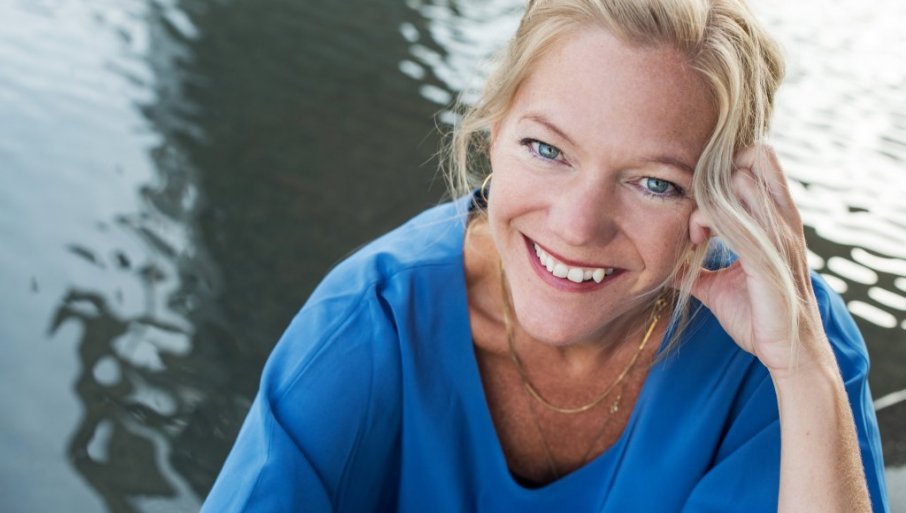
Oda Berbi
============================
A book review by Georgia Brough in Australia
Tuesday 7 July, 2020
In a mountain forest, soldiers trample a hermit’s garden, smashing her crops and tearing down her traps. Led by a ruthless young lieutenant, they’re hunting for a rain heron; a powerful, mythical bird made of water that can control the weather in what is a climate-ravaged, dying landscape. Ren, the hermit, knows where to find it. But its capture comes at a terrible cost, and her life will be forever intertwined with the young lieutenant’s life.
Author Robbie Arnott’s writing is as refreshing as a wash of rain; no-one is producing fiction quite like him. Of course, it is easy to compare him to fellow Tasmanian author Richard Flanagan, but it is perhaps often reductive: Arnott’s lyrical writing is saturated with mystery and old magic, more like a fairy tale than a Richard Flanagan impression, and undeniably unique enough to stand alone ‒ commendable for a young novelist.
The Rain Heron reads like a fable, exquisite and melancholy, and Arnott’s love of landscape and nature is the most striking aspect of the novel.
In fact, Arnott’s writing is strongest and most unique when it is at its most surreal.
The passages moving characters or plot from A to B have a tendency to read flat, and the prose, while wildly lyrical and evocative in places, is overwrought within these more traditional structures.
The change in perspective between Ren and the lieutenant is almost disorienting, and the duality and contrast of these two characters at the heart of the novel, both victims of the landscape and harshness of this strange new world but with wildly different responses to it, would benefit from further development.
These technical problems emphasise that Arnott is instead at his strongest when freed from the constraints of more procedural prose, structures and dialogue: when he is instead put to use evoking nature, or detailing the delicate dance between the natural world and mankind.
In blunt terms, he’s best when he’s ‘weird’.
The Rain Heron is a powerful allegory of not just man’s relationship to nature, but nature’s relationship to man. What happens when the natural order and balance of the world is abused, disrespected? What happens when we take and take, but give nothing back? What happens when we overstay our welcome? Sadly, we know the answer to these questions all too well.
The titular bird is the vehicle through which Arnott explores these themes; a poignant allegory for the storm of nature, a reminder that it cannot and should not be contained. The Rain Heron is a cli-fi novel disguised as a folk tale. Arnott should be commended for this rare skill of blending what feels like timeless mythology with a dire warning for our future.
The Rain Heron by Robbie Arnott
Publisher: text Publishing
ISBN: 9781922268778
Format: Paperback
Categories: Climate Fiction, Australian
Pages: 288
Release Date: 2 June 2020
RRP: $29.99
==================================================Author Robbie Arnott’s writing is as refreshing as a wash of rain; no-one is producing fiction quite like him. Of course, it is easy to compare him to fellow Tasmanian author Richard Flanagan, but it is perhaps often reductive: Arnott’s lyrical writing is saturated with mystery and old magic, more like a fairy tale than a Richard Flanagan impression, and undeniably unique enough to stand alone ‒ commendable for a young novelist.
The Rain Heron reads like a fable, exquisite and melancholy, and Arnott’s love of landscape and nature is the most striking aspect of the novel.
In fact, Arnott’s writing is strongest and most unique when it is at its most surreal.
The passages moving characters or plot from A to B have a tendency to read flat, and the prose, while wildly lyrical and evocative in places, is overwrought within these more traditional structures.
The change in perspective between Ren and the lieutenant is almost disorienting, and the duality and contrast of these two characters at the heart of the novel, both victims of the landscape and harshness of this strange new world but with wildly different responses to it, would benefit from further development.
These technical problems emphasise that Arnott is instead at his strongest when freed from the constraints of more procedural prose, structures and dialogue: when he is instead put to use evoking nature, or detailing the delicate dance between the natural world and mankind.
In blunt terms, he’s best when he’s ‘weird’.
The Rain Heron is a powerful allegory of not just man’s relationship to nature, but nature’s relationship to man. What happens when the natural order and balance of the world is abused, disrespected? What happens when we take and take, but give nothing back? What happens when we overstay our welcome? Sadly, we know the answer to these questions all too well.
The titular bird is the vehicle through which Arnott explores these themes; a poignant allegory for the storm of nature, a reminder that it cannot and should not be contained. The Rain Heron is a cli-fi novel disguised as a folk tale. Arnott should be commended for this rare skill of blending what feels like timeless mythology with a dire warning for our future.
The Rain Heron by Robbie Arnott
Publisher: text Publishing
ISBN: 9781922268778
Format: Paperback
Categories: Climate Fiction, Australian
Pages: 288
Release Date: 2 June 2020
RRP: $29.99
KÜLTÜR SANAT04.07.2020 04:00


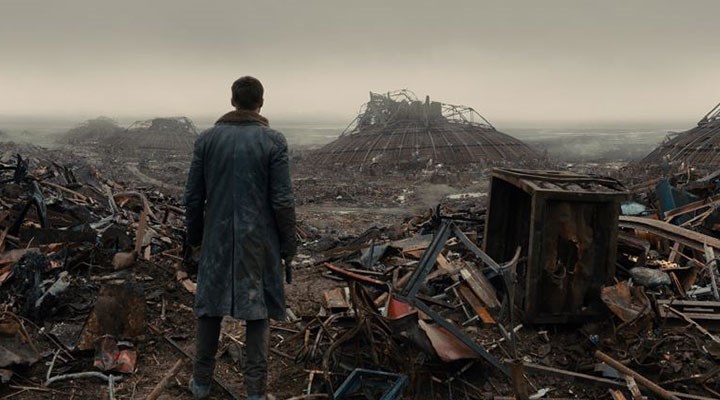
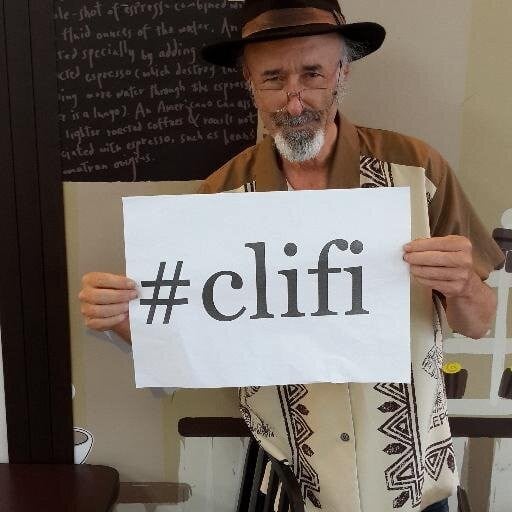
No comments:
Post a Comment